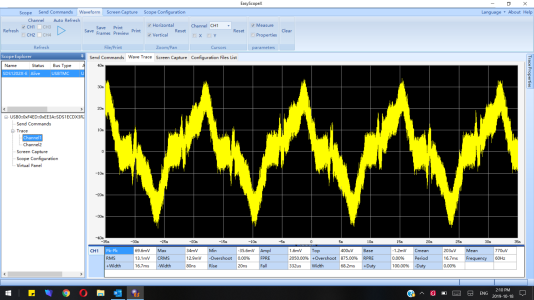D
Deke609
Guest
Paul Birkeland said:If the attenuator is all the way down, is the hum nearly inaudible?
Yes, at about -27dB it is barely audible. If I wasn't looking for it, I wouldn't notice it.
Is everything plugged into the same outlet?
Yes. And I've now tried 4 different outlets. 1 off the main panel, 3 off the sub-panel, including the 20A dedicated. All give me hum.
When you figure out what's actually wrong, it's likely to be something incredibly simple.
That would be nice. I need to take a fresh look at the problem.
Something I've had happen that could cause this would be one of the two connetions on an RCA jack not being connected. Or, for instance, if somehow you swapped ground and signal hot, that could make a weird problem like this.
I will look. But for that to be the case, I'd have had to make the same error at least twice and at least 1 year apart. B/c I got the same hum with BeePre (built in the last year and tinkered with) and Kaiju (built recently and tickered with), and BeePre and SII-45 (haven't done anything to it in a while - no snubbers, no CLC filters, etc.). And I get it with the Nickel Wonder (built from schematic a while ago; made no mods) w/ Kaiju, SII-45 and a retail-bought SS HP amp. In mid Sept I had no hum (other than reg dropout in the Beepre) and had never experienced hum. So I think something has changed ... I just have no idea what.
I'm stumped. THe only thing I can think of is the water leak. But I don't know how that would lead to what I assume is a ground loop somewhere. Or is not a ground loop?
Please keep the ideas coming!!!
thanks, Derek


